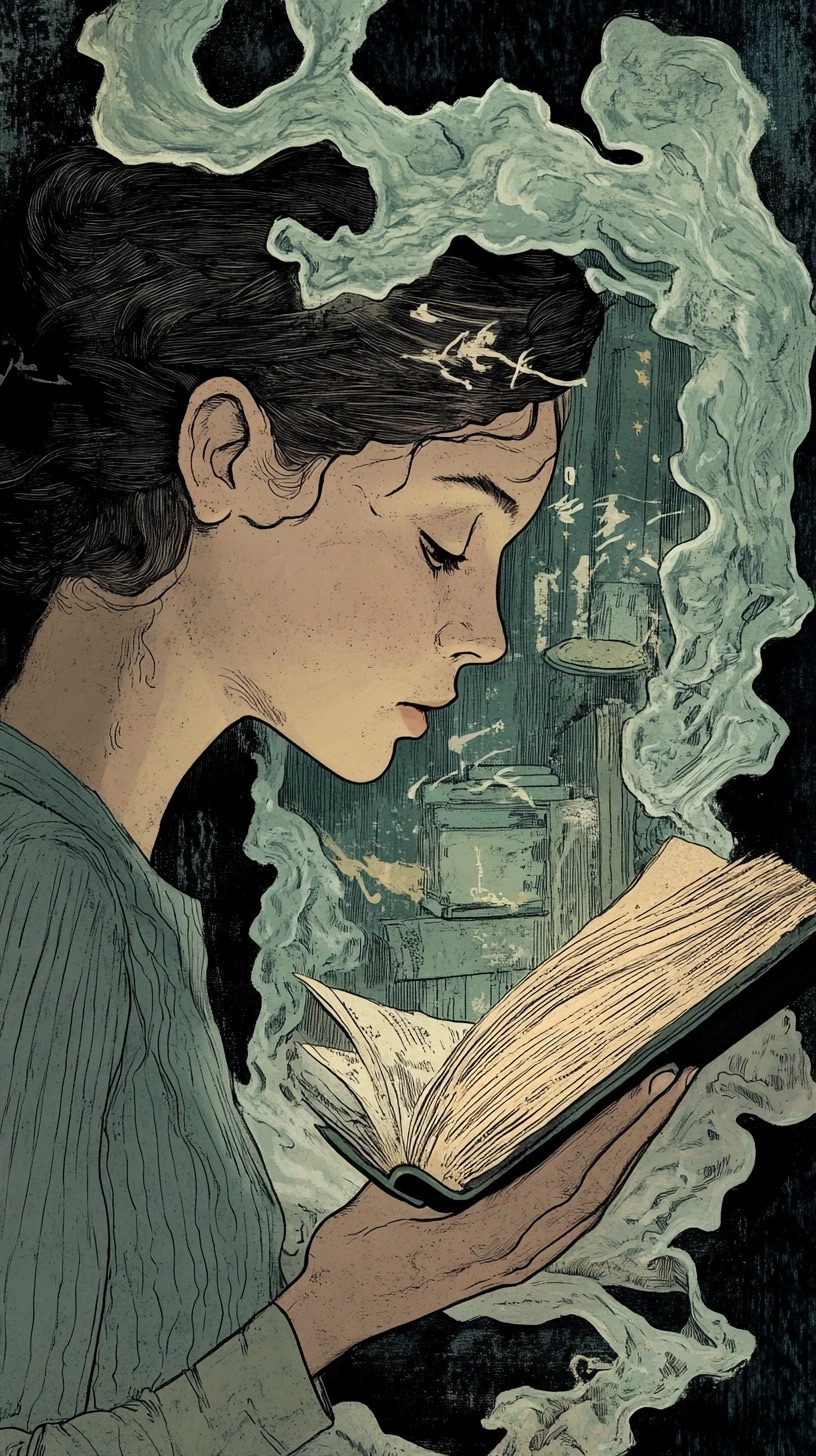
In storytelling, there exists a delicate balance between meeting the expectations of the reader and surprising them. A skilled storyteller knows how to walk this tightrope, maintaining just enough predictability to satisfy the reader while weaving in elements of the unexpected to keep the narrative fresh and engaging. Subverting reader expectations, or narrative disruption, is an art form that, when executed well, can elevate a story from good to unforgettable. But what does it truly mean to subvert expectations, and how can this technique be effectively employed without alienating the audience?

The Power of Predictability
Before diving into the mechanics of subverting expectations, it’s crucial to understand why readers have expectations in the first place. Stories are often structured around familiar archetypes, tropes, and plot devices—elements that readers have been conditioned to recognize through countless books, movies, and other forms of narrative media. These conventions create a sense of comfort and predictability, which is not inherently negative. Predictability allows the reader to immerse themselves in the story, understanding the rules of the world the author has created and anticipating how characters might react to certain situations.

Consider the classic hero’s journey, a narrative template found in stories across cultures and eras. The hero’s journey is predictable in its structure: a call to adventure, a journey fraught with trials, a climactic battle, and a triumphant return. Readers know this structure, and they expect the hero to face challenges and ultimately emerge victorious. This predictability doesn’t detract from the story; instead, it enhances the reader’s experience, providing a framework within which they can engage with the narrative.

However, too much predictability can lead to a dull and uninspiring story. When a narrative becomes too predictable, it fails to challenge the reader, reducing their engagement and investment in the outcome. This is where the art of subverting expectations comes into play. By strategically disrupting the expected narrative flow, a storyteller can reinvigorate the story, keeping the reader on their toes and deepening their emotional involvement.

The Mechanics of Subversion
Subverting expectations in storytelling isn’t about simply shocking the reader for the sake of it. It’s not about the cheap thrill of a plot twist that comes out of nowhere, but rather about reimagining the familiar in a way that is both surprising and satisfying. The key to successful subversion lies in its subtlety and its integration into the overall narrative arc.

Building on the Familiar
One of the most effective methods of subversion is to first establish a familiar pattern, only to break it at a crucial moment. This technique is often used in genres where certain tropes are deeply ingrained. For instance, in a typical romance novel, the reader might expect a happily-ever-after ending where the protagonists overcome all obstacles to be together. But what if, after all the build-up, the author chooses to end the story on a note of bittersweet separation? Such an ending would defy the reader’s expectations, yet if it is well-supported by the narrative, it can resonate more deeply, offering a commentary on the complexity of love and life.

Character Development as a Tool for Subversion
Characters are another powerful tool for subverting expectations. Readers often form attachments to characters based on certain traits—bravery, kindness, loyalty—that are introduced early in the story. They come to expect that these characters will act in accordance with these traits. However, what if a character unexpectedly betrays their friend, or a seemingly weak character rises to a challenge with unexpected strength? Such moments can be jarring, but they also add depth to the character and complexity to the narrative.

For instance, George R.R. Martin’s A Song of Ice and Fire series is renowned for its brutal subversion of expectations. Characters who appear to be the story’s heroes are suddenly and unexpectedly killed off, leaving readers reeling. These narrative choices are not made arbitrarily; they serve to reinforce the themes of unpredictability and the harsh realities of the world Martin has created.

The Role of Plot Twists
Plot twists are perhaps the most recognized form of subverting expectations, but they are also the most misused. A well-crafted plot twist should feel both surprising and inevitable—a revelation that, in hindsight, feels like the only possible outcome. To achieve this, the twist must be carefully foreshadowed, with subtle hints that the reader might not fully grasp until the twist is revealed.

Take the famous twist in The Sixth Sense, where the revelation that Dr. Malcolm Crowe has been dead all along recontextualizes the entire film. The clues were there all along, but they were presented in such a way that the audience did not fully piece them together until the moment of the twist. This type of subversion is deeply satisfying because it respects the intelligence of the audience, rewarding them with a revelation that feels earned.

Subversion Through Theme
Subverting expectations can also be achieved on a thematic level. Many stories operate within well-established moral frameworks, where good triumphs over evil, and justice prevails. However, some of the most thought-provoking stories are those that challenge these moral certainties, leaving the reader to grapple with ambiguous outcomes.

Cormac McCarthy’s No Country for Old Men is a prime example of thematic subversion. The novel sets up a classic cat-and-mouse chase between a lawman and a ruthless killer, leading the reader to expect a final confrontation where justice is served. Yet, McCarthy subverts this expectation by denying the reader the satisfaction of a clear resolution. The killer escapes, the lawman retires in defeat, and the story ends on a note of existential uncertainty. This thematic subversion forces the reader to confront uncomfortable truths about the nature of violence and the randomness of fate.

The Risks of Subverting Expectations
While subverting expectations can lead to innovative and engaging storytelling, it is not without its risks. When done poorly, subversion can feel like a betrayal, alienating the reader and undermining the story’s emotional impact. This often happens when the subversion is not properly foreshadowed or when it feels unearned, as if the author is more concerned with being clever than with telling a coherent story.

Moreover, excessive subversion can lead to a sense of nihilism, where the reader feels that nothing in the story matters because any established rule or expectation can be overturned at a whim. This can erode the reader’s trust in the narrative, making it difficult for them to invest in the characters or the outcome of the story.

Therefore, the key to successful subversion lies in balance. The unexpected must be carefully woven into the fabric of the narrative, emerging organically from the story and its characters rather than being imposed from without. When done well, subversion not only surprises the reader but also deepens their understanding of the story and its themes.
Conclusion: The Art of Balanced Disruption
Subverting reader expectations is a powerful tool in the storyteller’s arsenal, one that can transform a conventional narrative into something truly memorable. However, it is a technique that requires careful consideration and a deep understanding of the story being told. Subversion should not be used merely for shock value or to demonstrate the cleverness of the author, but rather as a means of enriching the narrative and challenging the reader’s assumptions.

In the end, the most effective subversions are those that feel both surprising and inevitable, leading the reader to a new understanding of the story and its characters. They are disruptions that resonate, not because they defy expectations, but because they reveal deeper truths. As with all aspects of storytelling, the goal is not to deceive or manipulate the reader, but to engage them in a dialogue—a conversation between the author and the audience that transcends the boundaries of the page.
In the ever-evolving landscape of storytelling, the ability to subvert expectations is a mark of narrative mastery, a testament to the storyteller’s ability to surprise, to challenge, and ultimately, to satisfy the reader in ways they never anticipated.
Leave a Reply